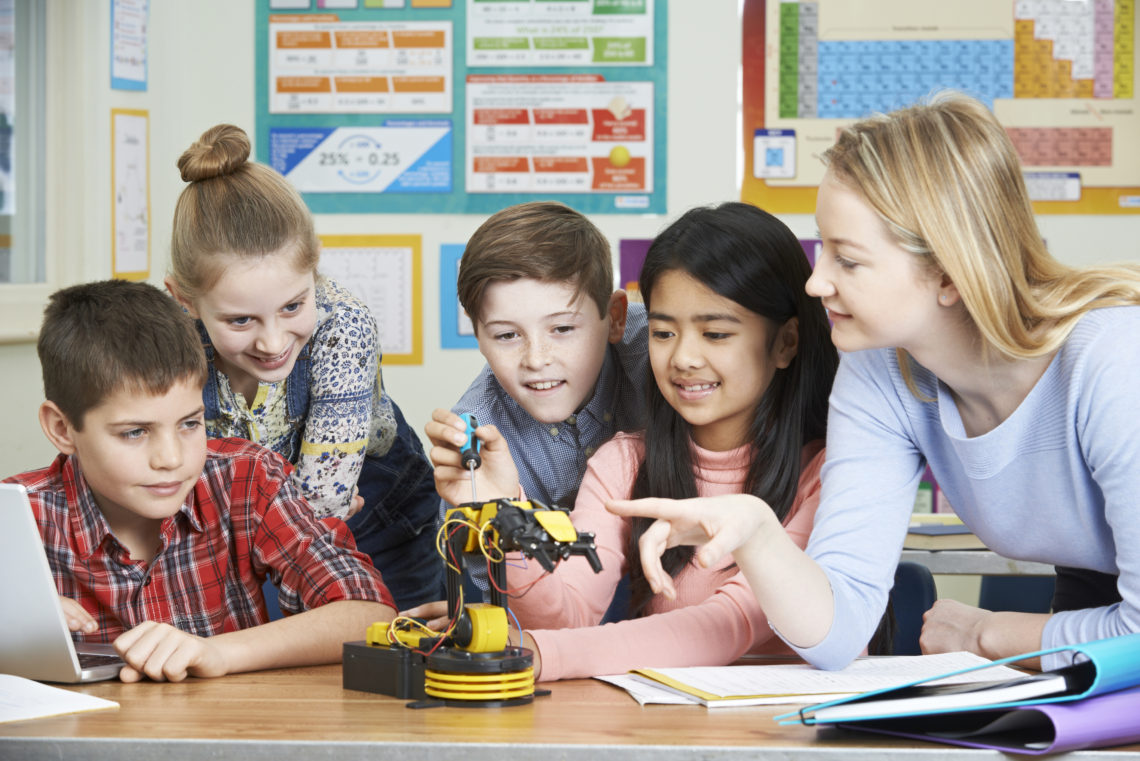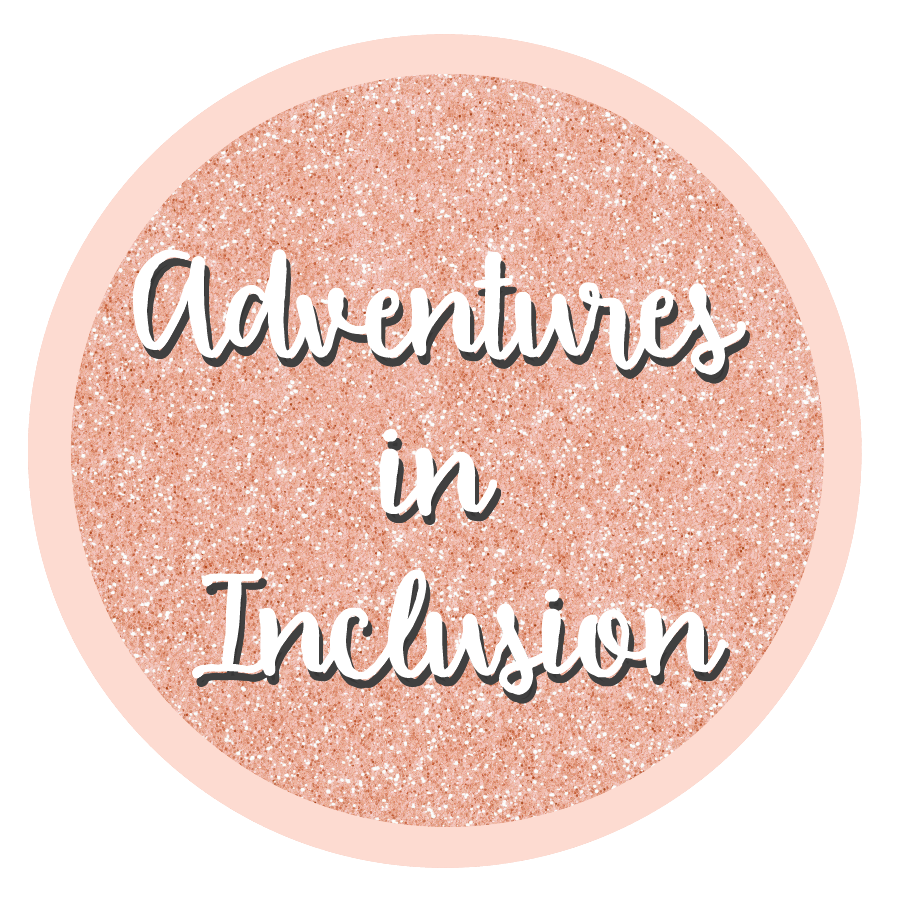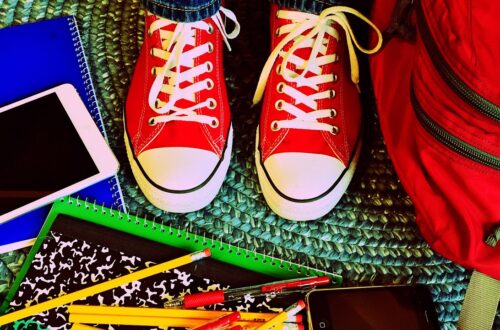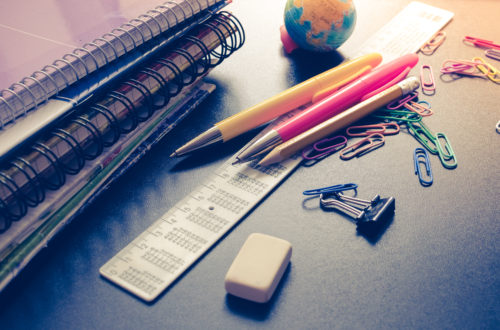
Using Stations in Middle School
As students get older, lesson plans tend to stray away from hands-on learning and group activities. They tend to lean towards more lecture-based lessons, sitting and doing paper and pencil work. But, are students really past the age where learning stations are beneficial? No!
Movement
When you teach with learning stations, students are given movement breaks during the lesson. Although middle school students can sit for longer periods of time; sitting for a whole class period is still difficult for most of them.
Middle school students still are young enough that they benefit from the ability to get up and move during a lesson. Heck, I’m an adult, and I benefit from being given movement breaks!
The movement breaks can be a part of the activity at the station. Or, they could be as simple as the minute or so that they have to move between stations.
Their Attention Span
When you plan a lesson with centers, like this one: Using Stations to Teach Exponent Laws. The activities at each station should be very different.
Giving students groups of activities that are very different from each other (but usually on the same topic) prevents them from getting bored.
The average middle schooler can focus on the same thing for only 15-20 minutes, especially when it is something that they are learning and are probably not super interested in. Making your centers no longer than this is an important part of keeping your students engaged.
One on One Support
When you have the students engaged in small group activities, it frees you up to have a teacher-led center.
A teacher-led center gives you the opportunity to provide all of your students with small group opportunities to work with you. Occasionally, we are misinformed about the progress of certain students because they get help with their homework. This can lead to a few surprises when it comes time to take a quiz. I have definitely been there. Having a teacher-led center can give you the opportunity to have individual or small group “check-ins” with each of your students.
This can give you time to answer individual questions. Spot check, and correct individual errors. Any sort of small group or one on one time with your students can be extremely beneficial.
Hands-on Engagement
Center activities tend to be hands-on. This gives your students high engagement activities to help them practice and solidify their skills.
As we all know, students are always more engaged when we give them hands-on activities. I find games or group challenges where the students can enjoy practicing the taught skill.
What are some great activities that you use for centers in your secondary classroom?
Also, check out:
Using Reference Sheets to Support Your Middle School Students
Get your free IEP summary page!

Subscribe to get our latest content by email.






